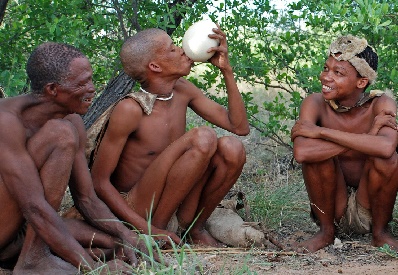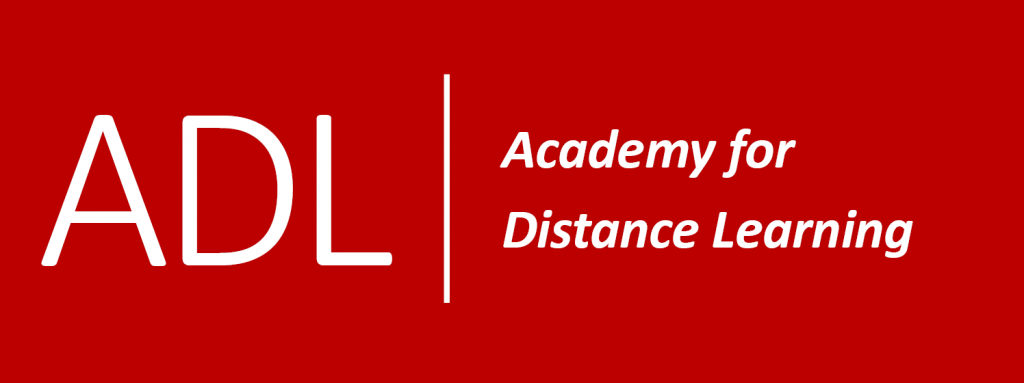The Paleo or Paleolithic diet is a low carbohydrate diet that tries to advocate eating as our ancestors did back when humans were hunter gatherers. Back in those far off days if you couldn’t catch it, or at least find it growing wild then you didn’t eat and thus wouldn’t survive. The idea is that modern humans, those we understand to be distinctly homo-sapiens have been around for about 200,000 years at most. For most of this time we were the aforementioned hunter-gatherer societies eating what we could find in the wild, hunting mammoths and so on. As such our diets would have been mostly fruit, vegetables, nuts and anything else we can get our hands on.

However, although it was an easy food source the human body was not evolved to use this level of carb. Things became much worse as humans began to develop processed foods and manufacturers began to add large amounts of sugar and other chemicals to food products. Taken together the claim is that this “unnatural” diet is the reason for many of the modern illnesses people suffer such as cancer, obesity and diabetes.
What’s On the Menu
With a name like the “caveman diet” there’s no surprise that the food permitted is, in theory at least limited to what a prehistoric ancestor may been able to eat. The most obvious part of the diet is meat with all types generally allowed. Unusually for a diet the eating of fats is encouraged as a natural way to get energy stores. In both cases it is generally recommended to go for organic meat wherever possible to avoid any unwanted chemicals and hormones that may go into more intensively farmed meats.
Vegetables are the other big part of the diet which encourages dieters to eat as much as they like. Indeed they should make up a larger part of any meal and portion control is generally not an issue. Fruits are also permitted though it is recommended to stick to lower sugar ones such as berries and watermelon and to watch your sugar intake via fruit. Nuts are also suggested as a snack.
On the other hand, grains and high carbohydrate vegetables like potato are generally off the menu though if you can’t do without choosing the full fibre rougher options like brown bread and brown rice is suggested. Legumes and beans are also not recommended being products of farming.
Controversy
Although some scientists believe that there are gains to be had through switching to a Paleo diet, others have raised criticism of the idea. The most obvious is that with carbohydrate regarded as an important part of most diets, cutting it, and other foods out may leave an individual deficient in nutrients.
Other criticisms centre on the lack of knowledge we really have about life for earlier ages of man. The world we live in today is a markedly different one our ancestors did and the foods they ate are not available as they once were. Animals have been specially bred for our needs and are radically different to the beasts our predecessors once chased across the Savana. Even vegetables of today are wildly different – the broccoli, cabbage and several related vegetables we know today are descended from wild mustard and evolved into their current form through the artificial selection of thousands of years of agriculture.
Beyond this, if the suggestion is that we follow the example of our ancestors for best nutritional practice the next question is “whose ancestors?”. Even amongst those hunter gatherer societies that have survived into the 21st century there is a huge difference in diet based on where they live. Jungle tribes tend to be more reliant on vegetables with meat making up a small portion of their food intake whereas for Eskimos living in the frozen and vegetation sparse arctic the diet is almost wholly comprised of meat.
Regardless, the Paleo diet remains something that nutritionists should be aware of, if only so they can argue for or against it with confidence and from a position of knowledge.



